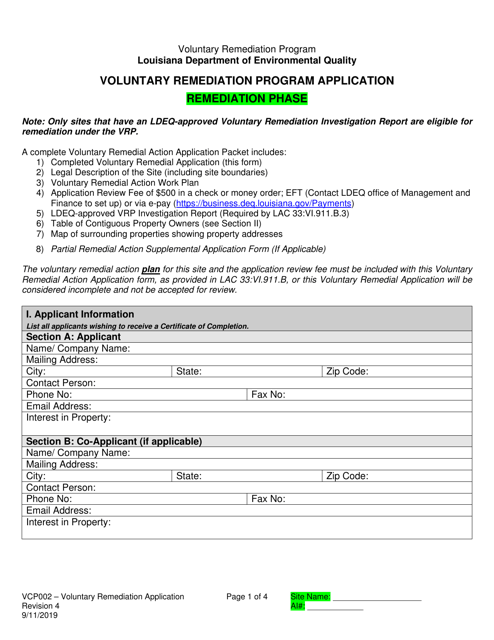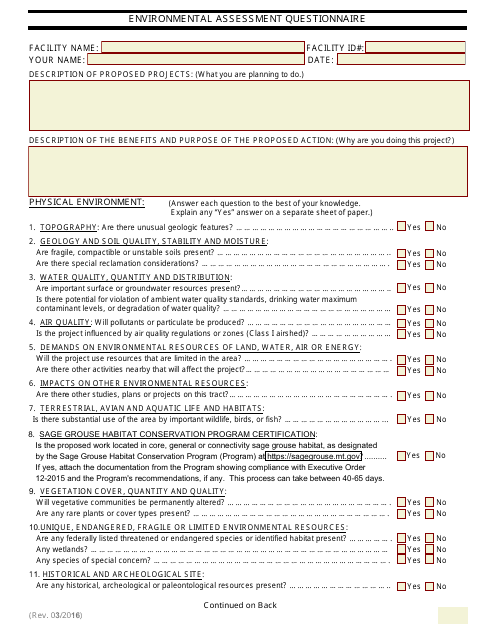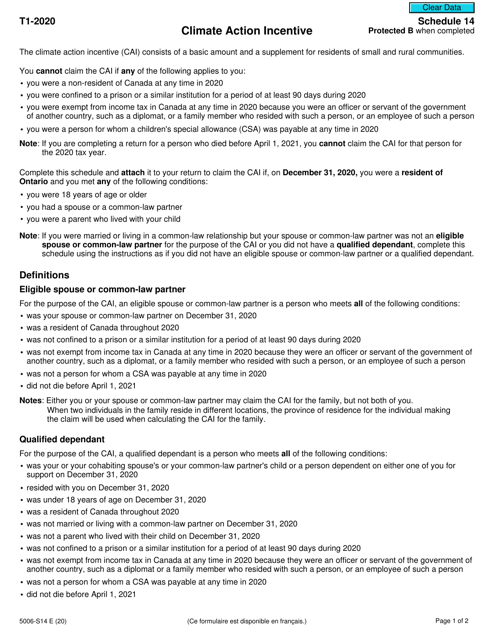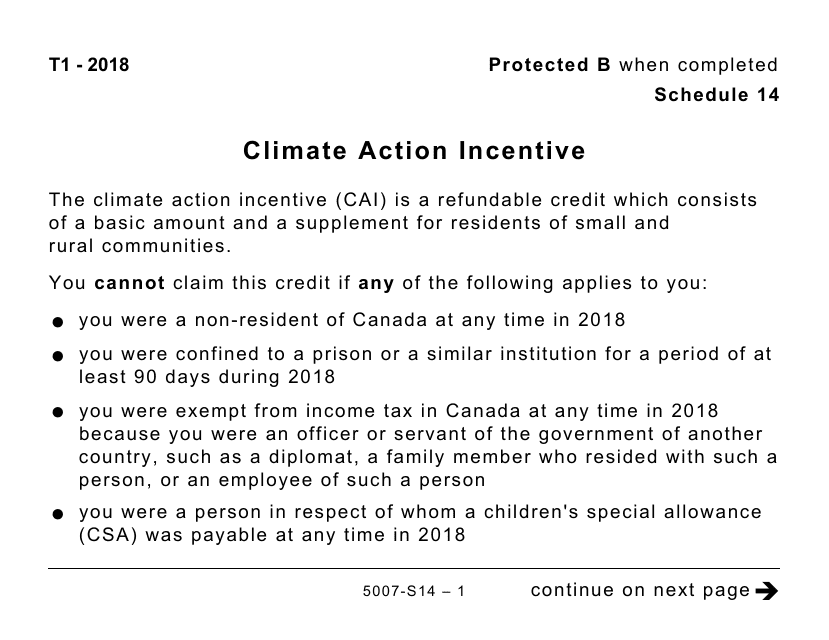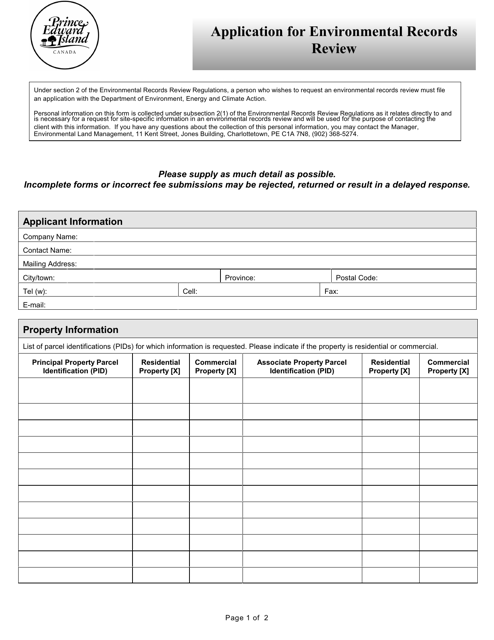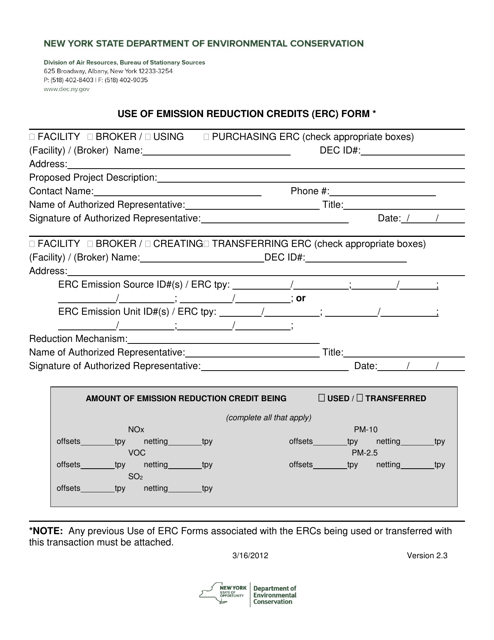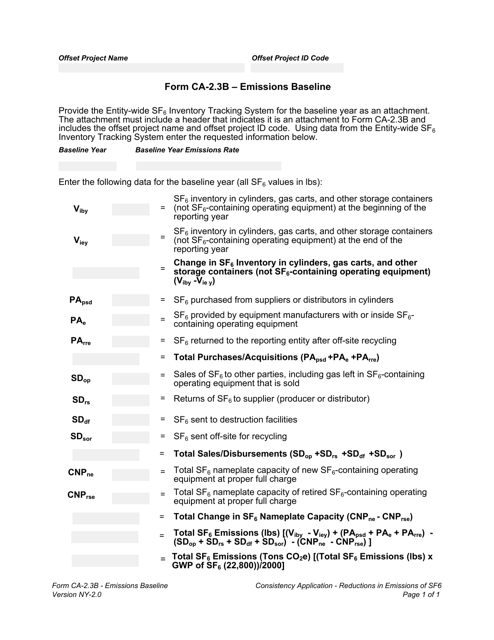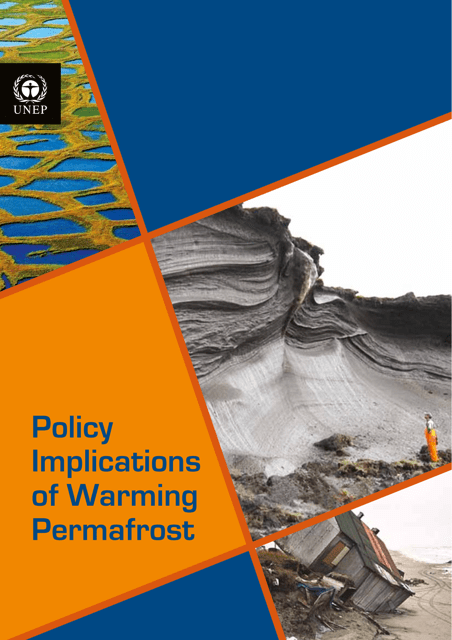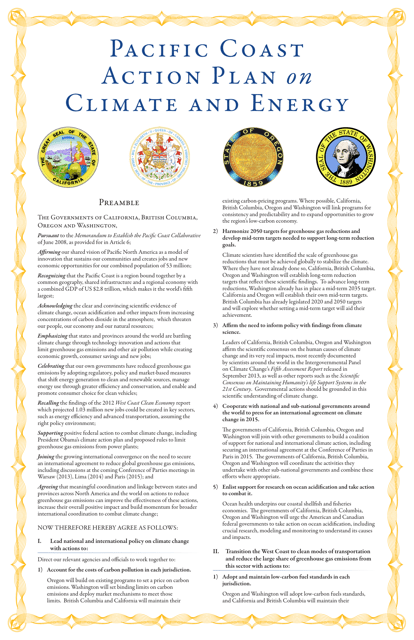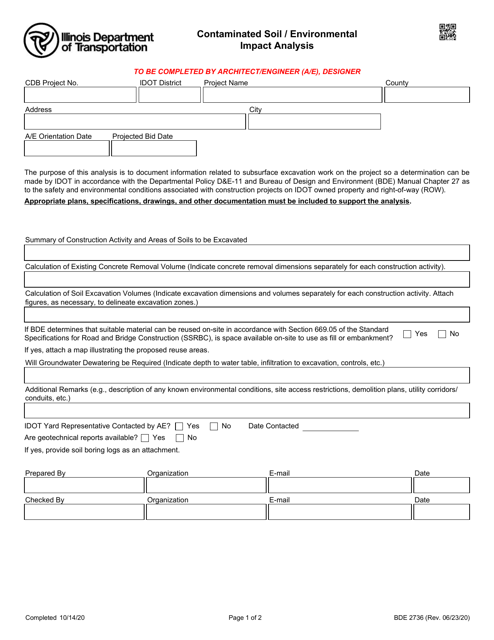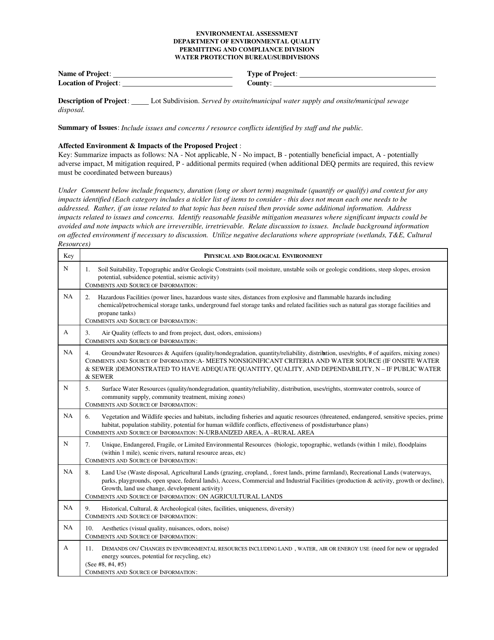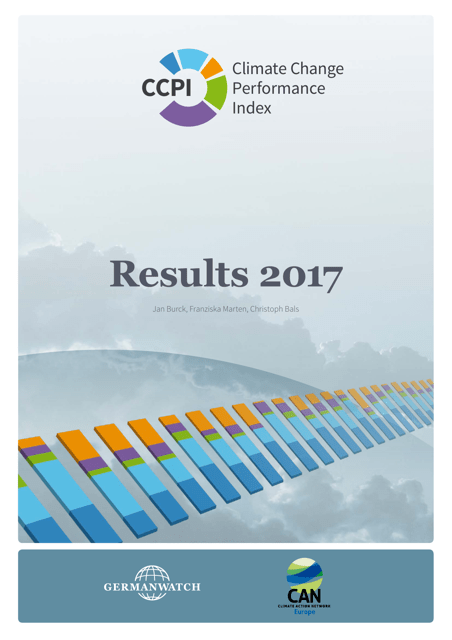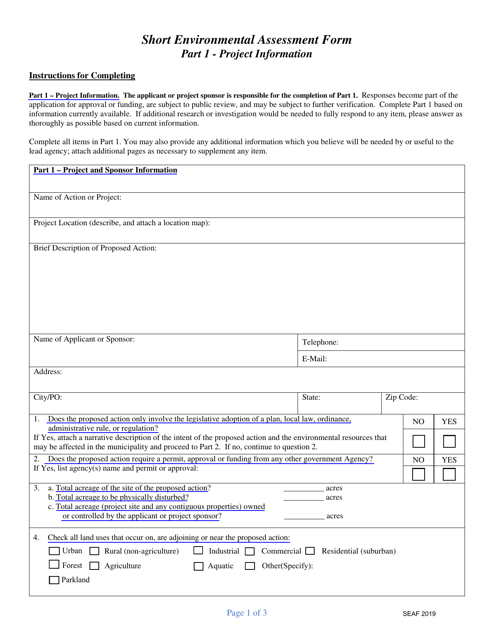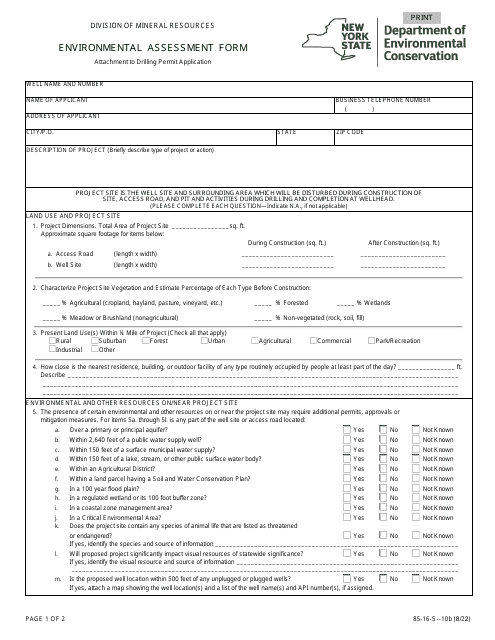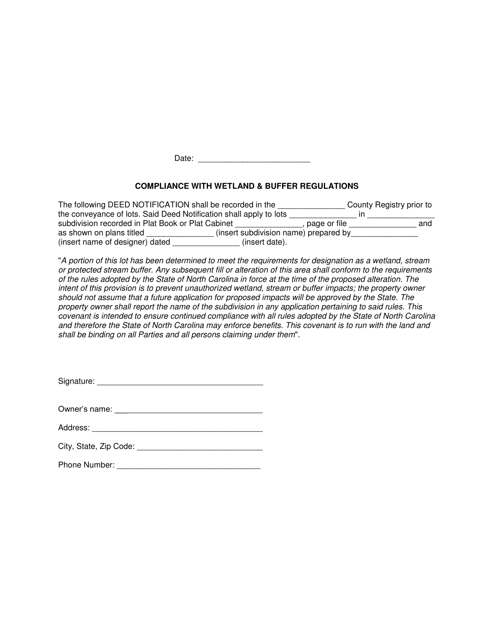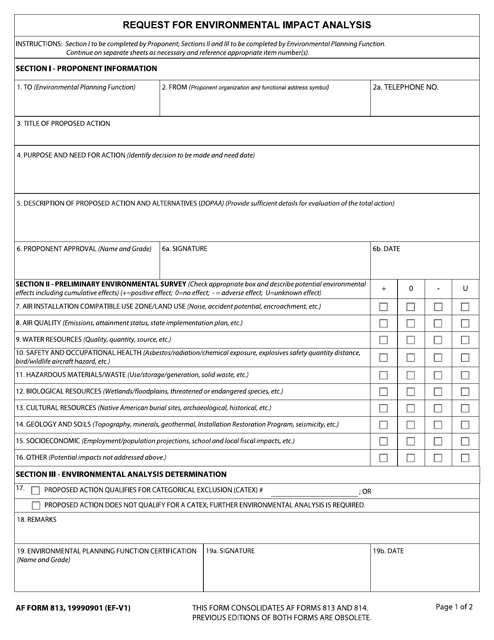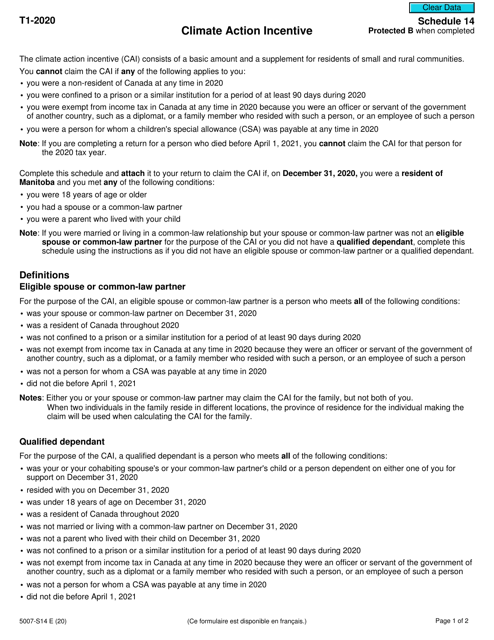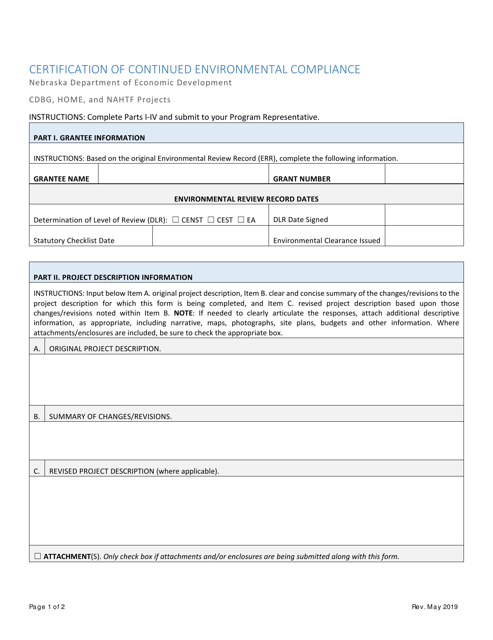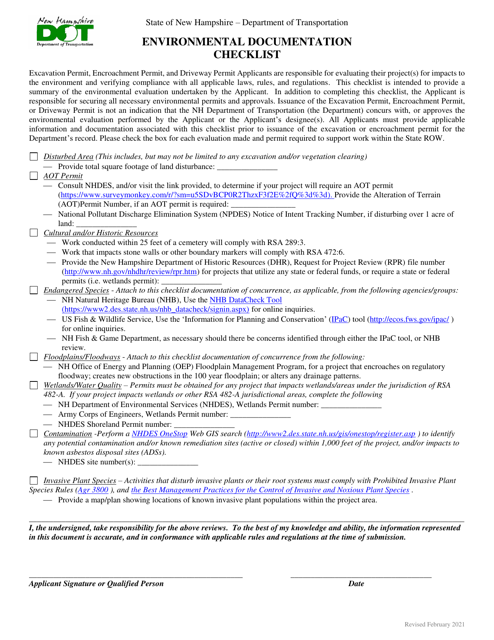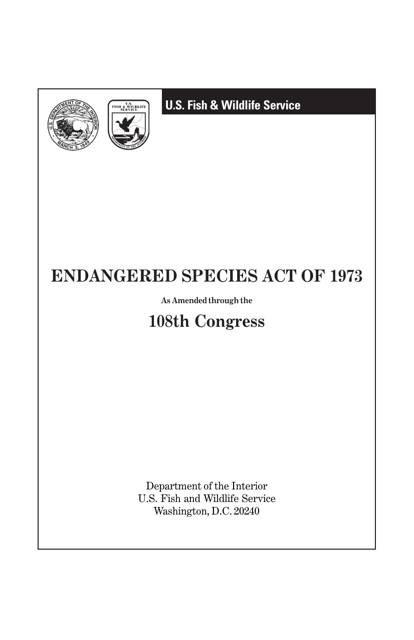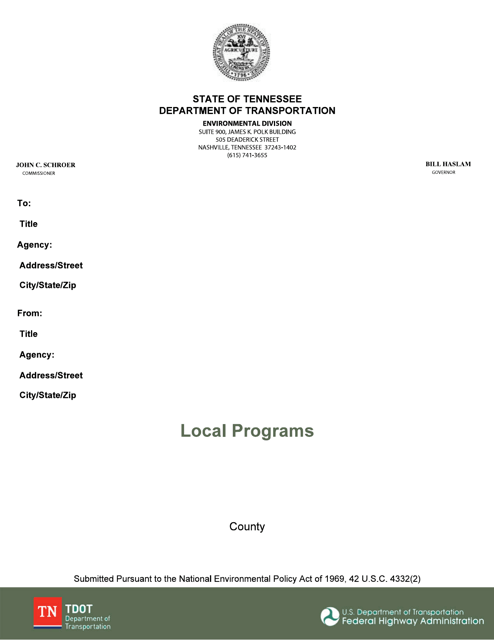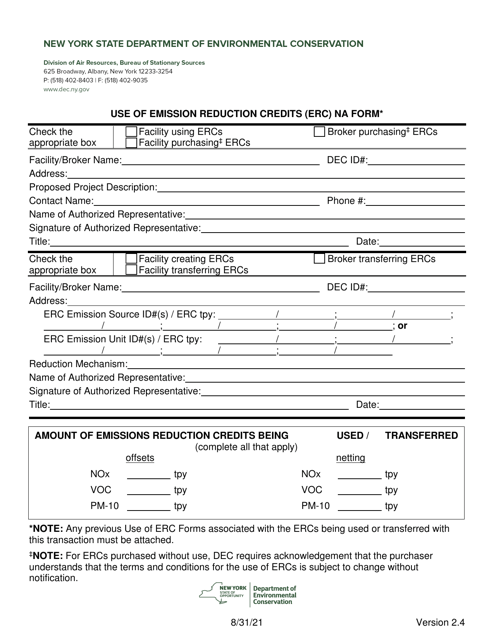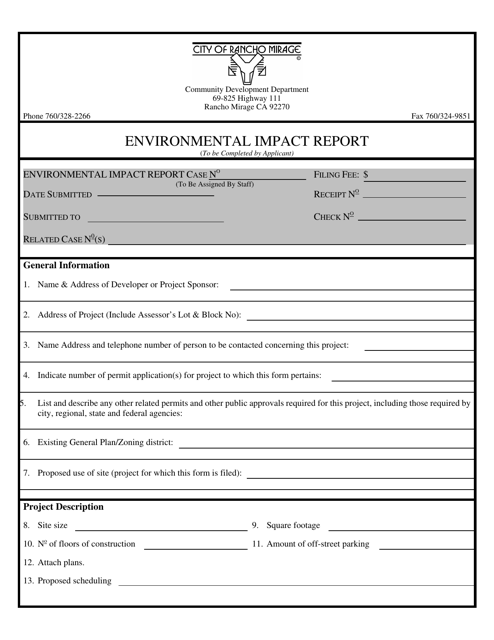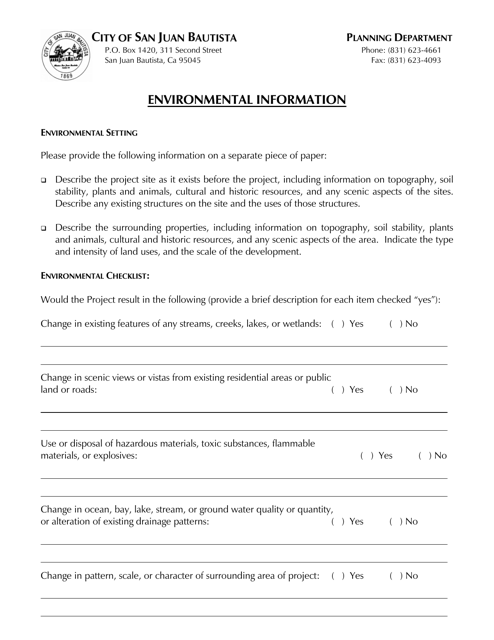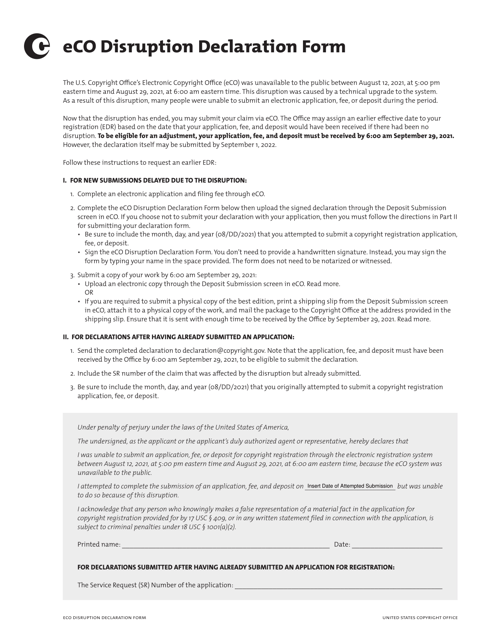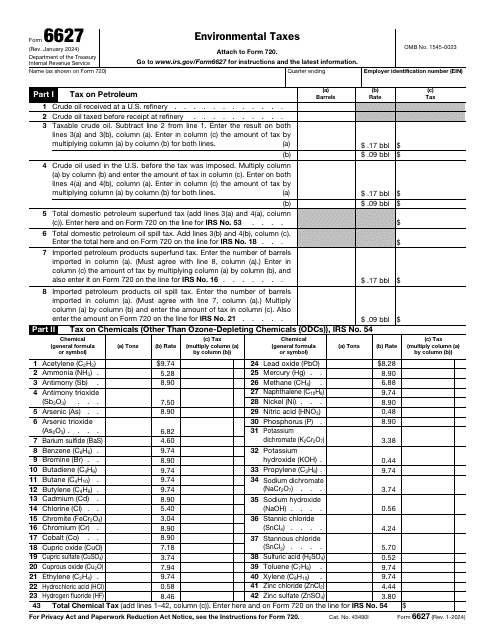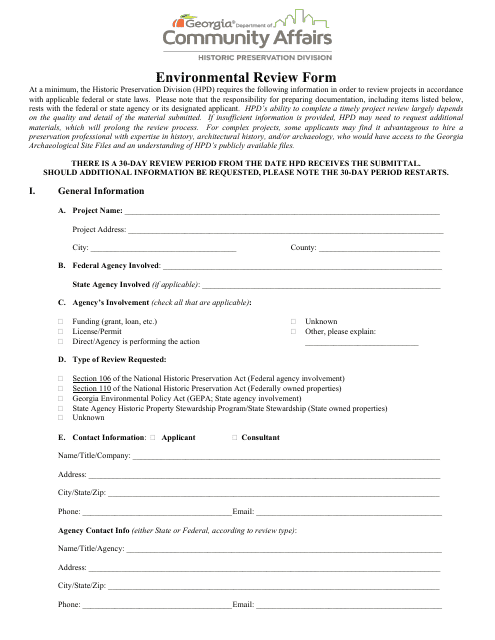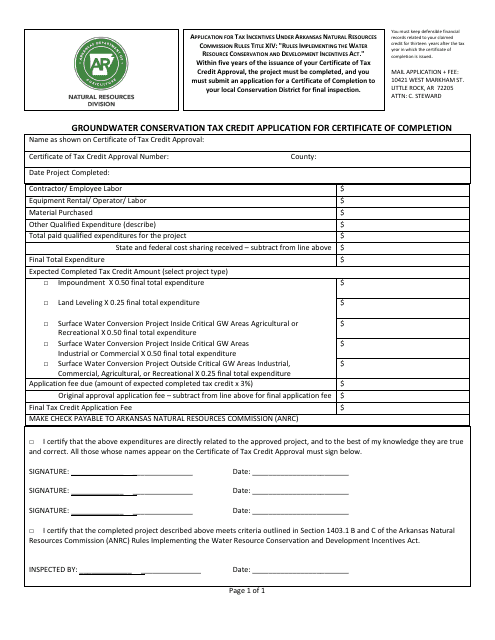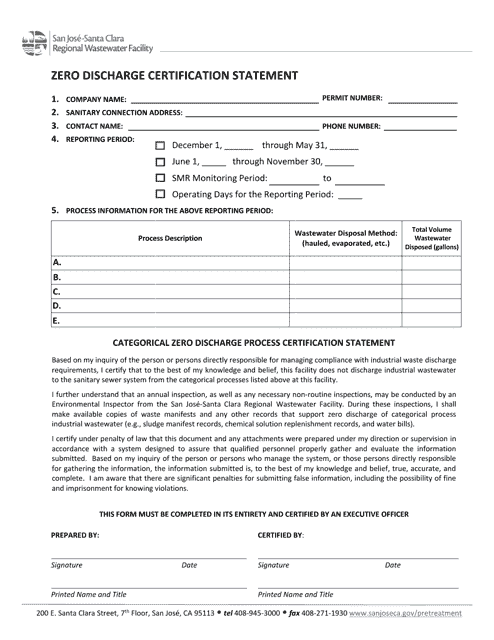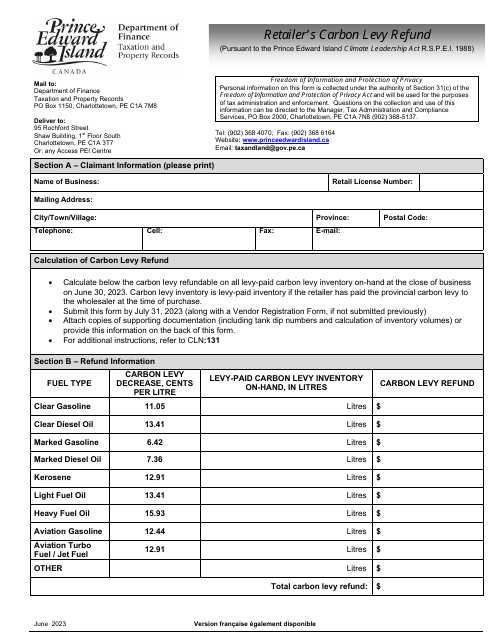Environmental Policy Templates
Environmental Policy is the guiding framework that governments and organizations put in place to address environmental issues and promote sustainable practices. It encompasses a range of documents and initiatives that aim to mitigate climate change, protect natural resources, and ensure the well-being of future generations.
At a global level, the United Nations Environment Programme (UNEP) produces various reports and documents that analyze the policy implications of environmental challenges. These reports provide valuable insights into the impact of climate change, such as melting permafrost, on ecosystems and human activities.
At a national level, governments develop their own environmental policies, often in the form of official forms and schedules. For instance, Canada implements Climate Action Incentive programs through documents like Form 5006-S14 and Form 5007-S14, which outline strategies to reduce greenhouse gas emissions and incentivize sustainable practices.
Environmental Policy is also evaluated through tools like the Climate Change Performance Index, which assesses and ranks countries based on their climate protection efforts. This index provides an overview of the effectiveness of environmental policies worldwide, helping to foster international cooperation and collaboration.
In addition to governmental policies, organizations and businesses frequently utilize environmental assessment forms like Form 85-16-5-10B, which provide a systematic approach to identifying and addressing potential environmental impacts of projects in areas like New York.
To navigate the complex landscape of environmental challenges, it is important for policymakers, businesses, and individuals to have access to a comprehensive understanding of environmental policies. Such a knowledge base allows for informed decision-making, encourages sustainable practices, and contributes to the collective effort of protecting our planet for generations to come.
Documents:
33
This document is a questionnaire used for conducting an environmental assessment in the state of Montana. It helps gather information about potential environmental impacts of proposed projects or activities.
This form is used for reporting and claiming the Climate Action Incentive in Canada. It is a large print version of Schedule 14.
This form is used for applying for emission reduction credits (ERC) in the state of New York. ERCs are a way for companies to offset their emissions by purchasing credits from other sources that have reduced their own emissions.
This form is used for calculating and documenting the emissions baseline in New York. It is used to track the amount of pollutants emitted by a particular source or activity before any changes or improvements are made.
This document discusses the policy implications of warming permafrost as identified by the United Nations Environment Programme (UNEP). It provides important insights into how climate change is affecting permafrost and the potential consequences for the environment and society.
This document outlines California's plan of action to address climate change and promote clean energy along the Pacific Coast.
This document is used for conducting an environmental assessment in the state of Montana. It evaluates the potential environmental impacts of a proposed project or development and suggests mitigation measures to minimize harm to the environment.
This document presents the results of the Climate Change Performance Index, which assesses countries' efforts and actions in combating climate change. It provides a ranking of countries based on their performance in areas such as greenhouse gas emissions, renewable energy production, and environmental policies.
This form is used for reporting and claiming the Climate Action Incentive in the province of Alberta, Canada.
This Form is used for conducting a short environmental assessment in New York. It helps identify potential impacts on the environment and suggests mitigation measures.
This form is used for reporting incidents of environmental damage during military maneuvers.
This document is for ensuring compliance with wetland and buffer regulations in North Carolina. It provides guidelines and requirements for activities near wetlands and buffers to protect the environment.
This document is used to request an environmental impact analysis for a specific project or activity. It is necessary to assess the potential environmental consequences before proceeding with the project.
This form is used for claiming the Climate Action Incentive in Canada. It helps individuals and families receive tax credits for taking environmentally-friendly actions.
This document certifies that an organization in Nebraska has continued to comply with environmental regulations.
This document provides a checklist for the environmental documentation required in New Hampshire. It includes information on what needs to be included and submitted for various environmental permits and assessments.
This document describes the Endangered Species Act of 1973, which aims to protect and preserve endangered species in the United States. It provides important information about the act as amended through the 108th Congress.
This document template is used for local environmental programs in the state of Tennessee. It provides a standardized format for reporting and documenting environmental initiatives and activities at the local level.
This type of document, titled "Use of Emission Reduction Credits (ERC) NA Form," is used for capturing and reporting information related to emission reduction credits in the state of New York. It provides a structured format for organizations to document their efforts in reducing emissions and claiming credits for their environmental initiatives.
This document describes the environmental impact of a proposed project in the City of Rancho Mirage, California. It assesses the potential effects on the surrounding environment, including air and water quality, wildlife habitats, and cultural resources.
This document provides environmental information related to the City of San Juan Bautista, California. It includes details on the city's air quality, water resources, wildlife, and other environmental factors.
This form is used for declaring eco disruptions, such as environmental disasters or significant harm to the ecosystem.
This document is used for conducting an environmental review in Georgia, United States. It helps ensure that proposed projects comply with environmental regulations and mitigate any potential adverse impacts on the environment.
This document is an application for a tax credit for completing groundwater conservation projects in Arkansas.
This document is used for obtaining a Zero Discharge Certification for businesses located in the City of San Jose, California. It certifies that the business has implemented water conservation measures and does not discharge any waste water into the environment.

